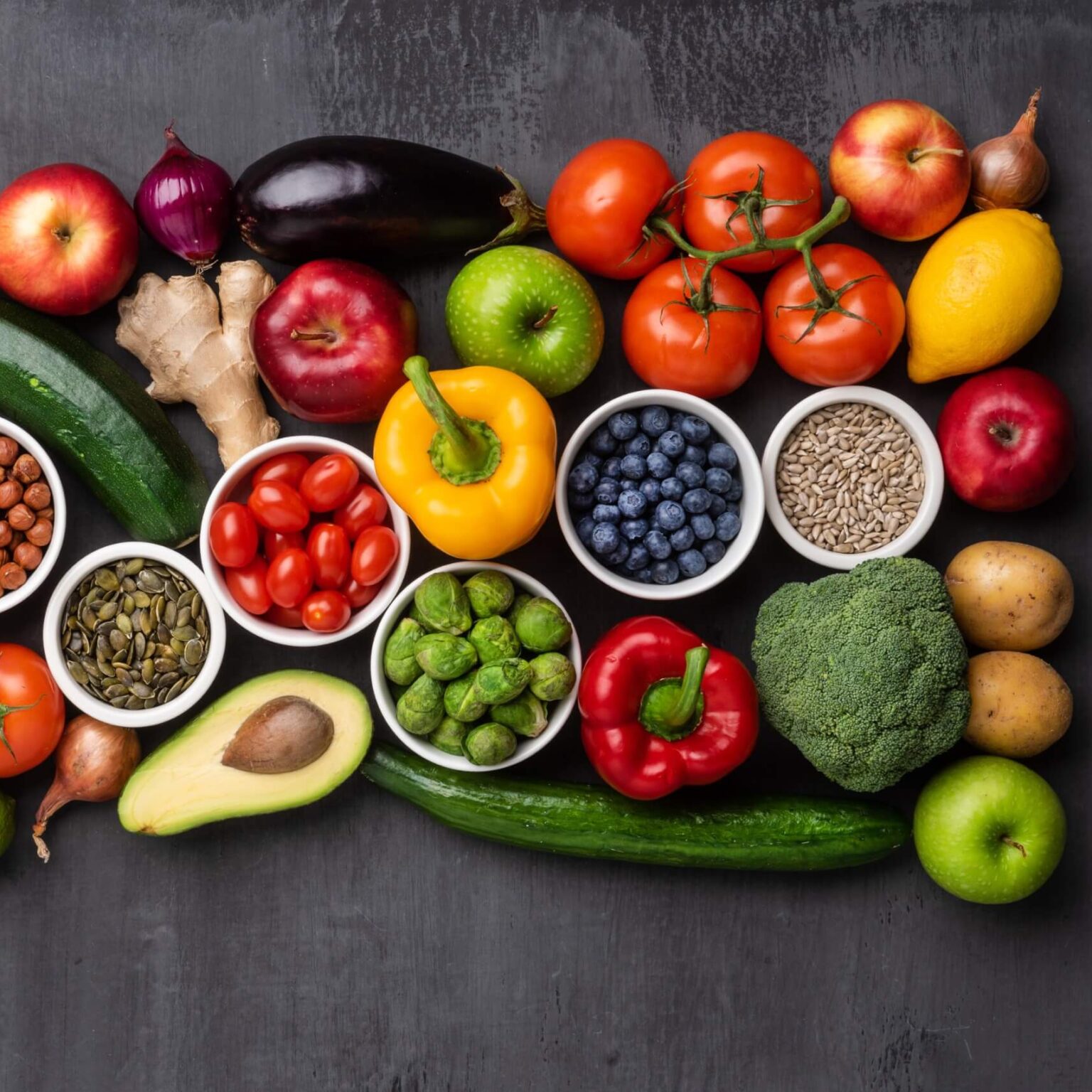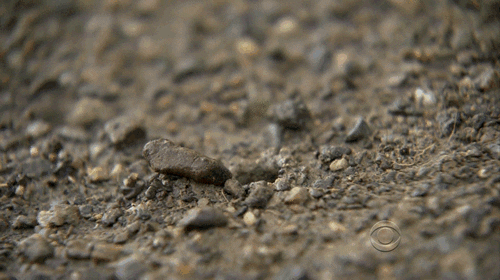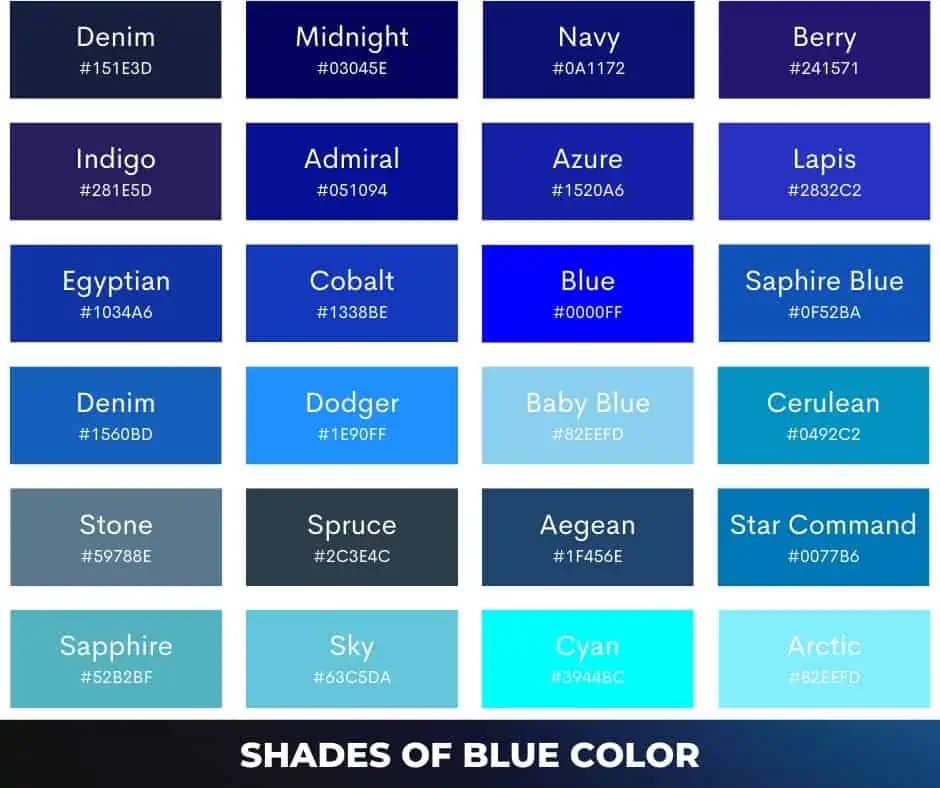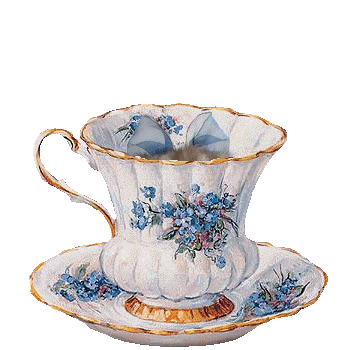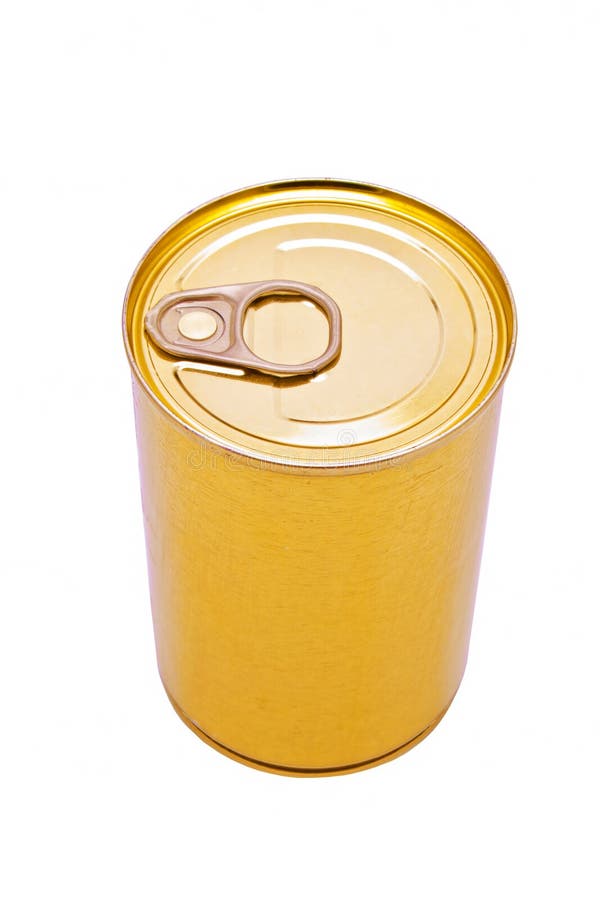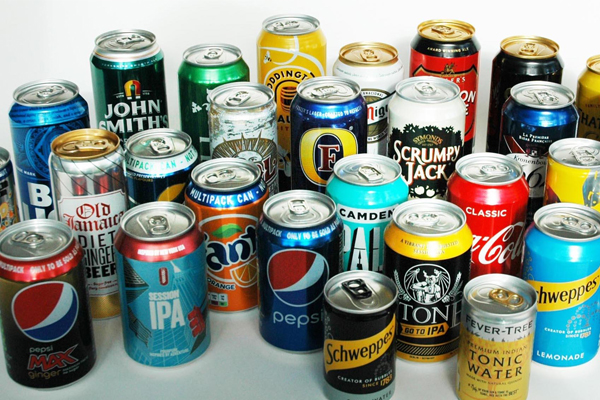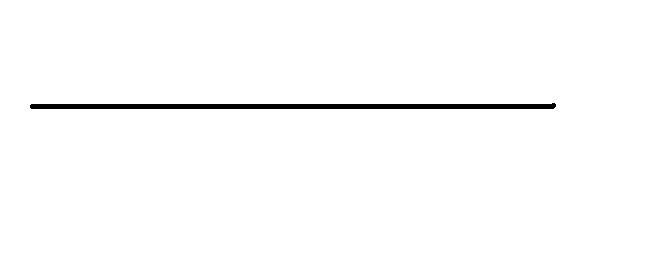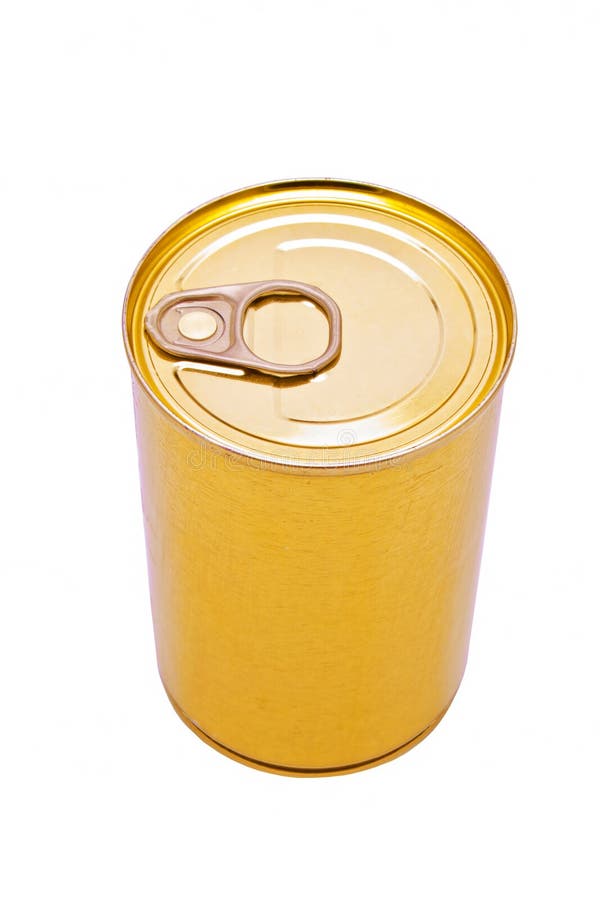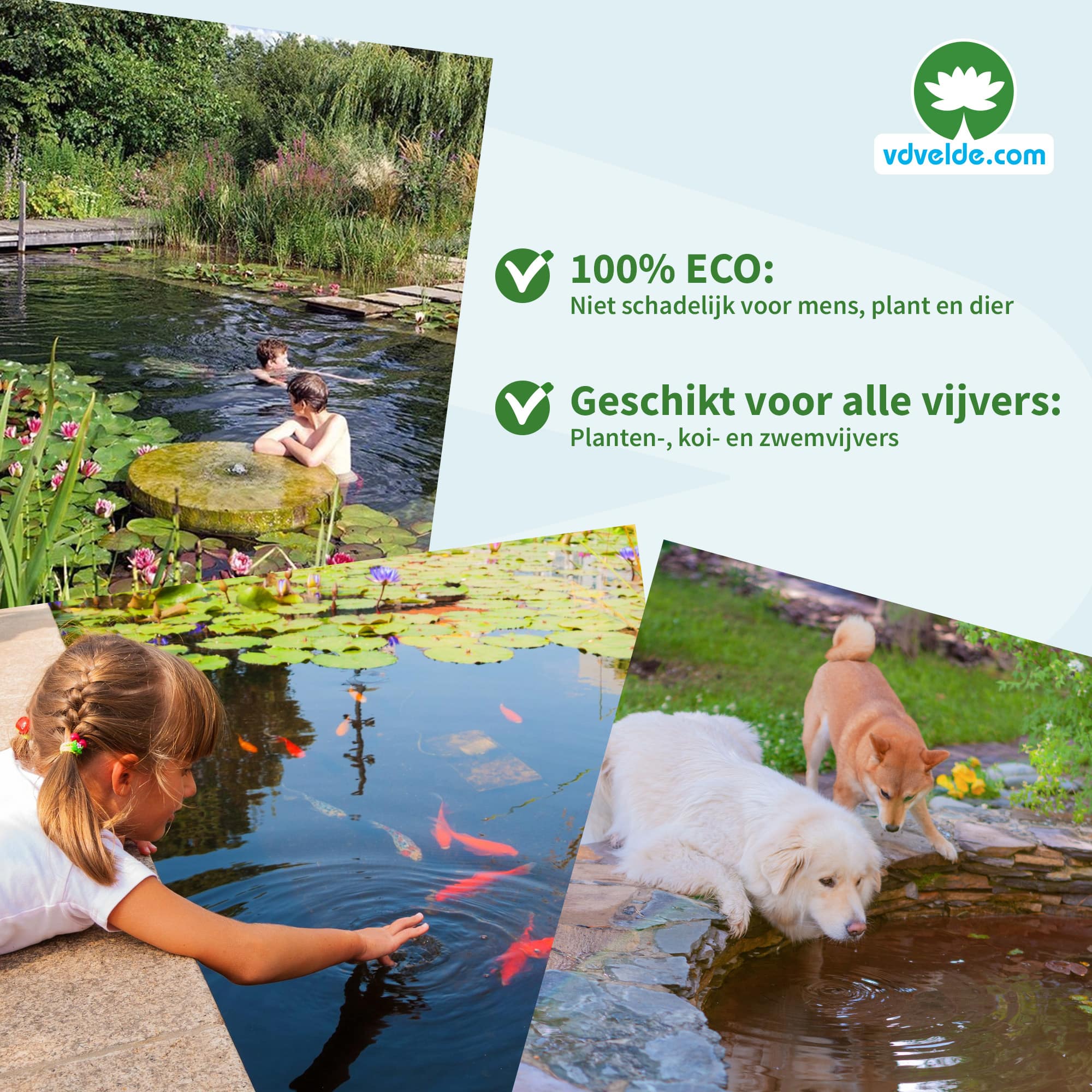Why Guinea Pigs Should Not Eat Rabbit Food: Nutrition, Risks, and Safe Feeding Practices
Understanding the Differences Between Guinea Pig and Rabbit Nutrition
Guinea pigs and rabbits are both small herbivores, often kept as pets, which leads many owners to wonder if their food is interchangeable. While these animals share certain dietary staples, such as hay, their nutritional requirements differ significantly. The most critical difference is the need for vitamin C in guinea pigs. Unlike rabbits, guinea pigs cannot synthesize their own vitamin C and must obtain it from their diet. Rabbit food, especially pellets, typically lacks this essential nutrient, making it unsuitable for guinea pigs [1] .
Risks of Feeding Rabbit Food to Guinea Pigs
Feeding rabbit food to guinea pigs can result in
nutritional deficiencies
and serious health problems. One of the most dangerous outcomes is
scurvy
, a disease caused by vitamin C deficiency, which leads to symptoms such as lethargy, diarrhea, hair loss, and internal bleeding. Malnutrition and obesity are additional concerns because rabbit pellets may have different protein, fat, and fiber ratios compared to guinea pig pellets, further contributing to health issues
[2]
.
In severe cases, a guinea pig deprived of adequate vitamin C for extended periods could face life-threatening complications. Rabbits, on the other hand, can produce their own vitamin C and do not share these dietary vulnerabilities [3] .
Safe Diets for Guinea Pigs: What to Feed and What to Avoid
A healthy guinea pig diet should consist primarily of:

Source: luzenelhorizonteymas.blogspot.com
- High-quality hay : Timothy, Meadow, Ryegrass, and Alfalfa are suitable options for both rabbits and guinea pigs. Hay should make up the majority of your guinea pig’s diet and serve as a source of fiber to promote digestive health.
- Fresh water : Always provide unlimited access to clean water.
- Guinea pig-specific pellets : These pellets are fortified with vitamin C and other nutrients tailored for guinea pig health.
- Fresh vegetables and greens : Feed a variety of vitamin C-rich vegetables daily, such as bell peppers, kale, and broccoli, to ensure your guinea pig receives adequate nutrition [1] .
Rabbit pellets should never be the primary food source for guinea pigs, even if the ingredients seem similar. The absence of vitamin C in rabbit food poses an ongoing risk, and relying on vegetables alone to compensate may not be sufficient, especially if your guinea pig refuses certain foods or if the vegetables lose potency over time [2] .
Case Study: What Happens When Guinea Pigs Eat Rabbit Food?
Pet owners sometimes mistakenly purchase rabbit pellets, thinking the products are interchangeable. A case shared in a guinea pig forum described a situation where a guinea pig owner accidentally bought rabbit food and found that the only difference in the ingredient list was the absence of vitamin C in the rabbit pellets. While supplementing with vitamin C-rich vegetables may mitigate some risk, relying on this strategy is not recommended for long-term health [4] .
Step-by-Step Guidance for Pet Owners
If you have accidentally fed your guinea pig rabbit food or are unsure how to transition to a safer diet, follow these steps:
- Stop feeding rabbit pellets immediately. Resume guinea pig-specific pellets that contain vitamin C, available at most pet stores.
- Increase vitamin C-rich vegetables in your guinea pig’s diet while transitioning, such as bell peppers and leafy greens.
- Monitor your guinea pig’s health for signs of lethargy, diarrhea, hair loss, or other symptoms of deficiency. Consult a veterinarian immediately if any symptoms arise.
- Check product labels for vitamin C content and choose brands with transparent nutritional information. Oxbow Essentials and similar reputable brands offer guinea pig-specific pellets fortified with vitamin C.
- Consult your veterinarian for advice on supplementation if needed. Some guinea pigs may benefit from oral vitamin C drops in addition to dietary sources.
If you are unsure about suitable pellet brands or specific nutritional requirements, you can:
- Visit your local pet store and speak to staff about products formulated for guinea pigs.
- Contact a veterinarian with expertise in small animal care for personalized guidance.
- Search for “guinea pig pellet brands with vitamin C” online to compare options and read reviews from other pet owners.
Alternative Approaches and Solutions
In rare, emergency situations where guinea pig pellets are unavailable, you may temporarily use timothy-based rabbit pellets (without antibiotics), but only if you supplement with vitamin C-rich vegetables and ensure this is a short-term solution. This approach is not recommended for long-term feeding, as it still risks nutritional imbalance [2] . Always prioritize sourcing appropriate guinea pig food as soon as possible.
Challenges and How to Overcome Them
Pet owners may face challenges such as limited access to guinea pig pellets, confusion over product labeling, or misinformation about pet nutrition. To address these issues:
- Educate yourself on the differences between guinea pig and rabbit nutritional needs by reading guidance from veterinary organizations and reputable pet nutrition sites.
- Verify product ingredients and ensure vitamin C is present in guinea pig food.
- Build a relationship with a knowledgeable veterinarian to address dietary questions and emergencies.
- Join online forums and communities dedicated to guinea pig care for peer support and shared experiences, such as The Guinea Pig Forum.
Summary and Key Takeaways
Guinea pigs have unique dietary requirements that cannot be met by rabbit food alone . The absence of vitamin C in rabbit pellets can lead to severe health risks for guinea pigs, including scurvy and malnutrition. Pet owners should feed guinea pigs a balanced diet of hay, vitamin C-fortified pellets, and fresh vegetables, while avoiding rabbit food as a primary source. In emergencies, supplementing with vitamin C-rich vegetables is a short-term option, but prompt transition to appropriate guinea pig food is essential for long-term health.
References
- [1] HayDay (2024). Can Guinea Pigs Eat Rabbit Food? Nutrition Facts & Risks.
- [2] Small Pet Select (2018). Can Guinea Pigs Eat Rabbit Pellets?
- [3] Goddard Vet Group (n.d.). Why keeping a rabbit and guinea pig together is not a good idea…
- [4] The Guinea Pig Forum (2016). Accidentally Bought Rabbit Food, Need Opinions Please.
MORE FROM getscholarships.de
